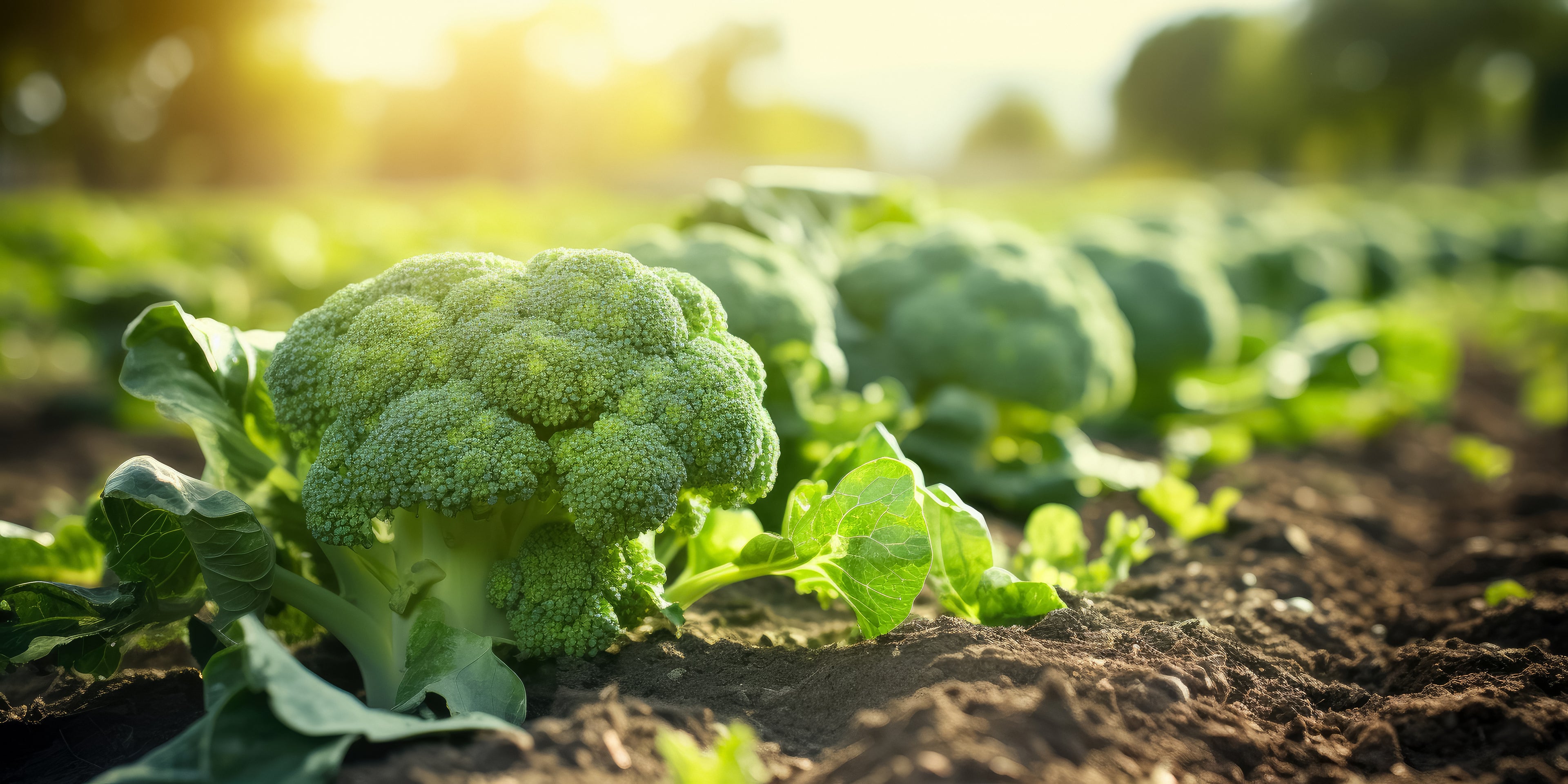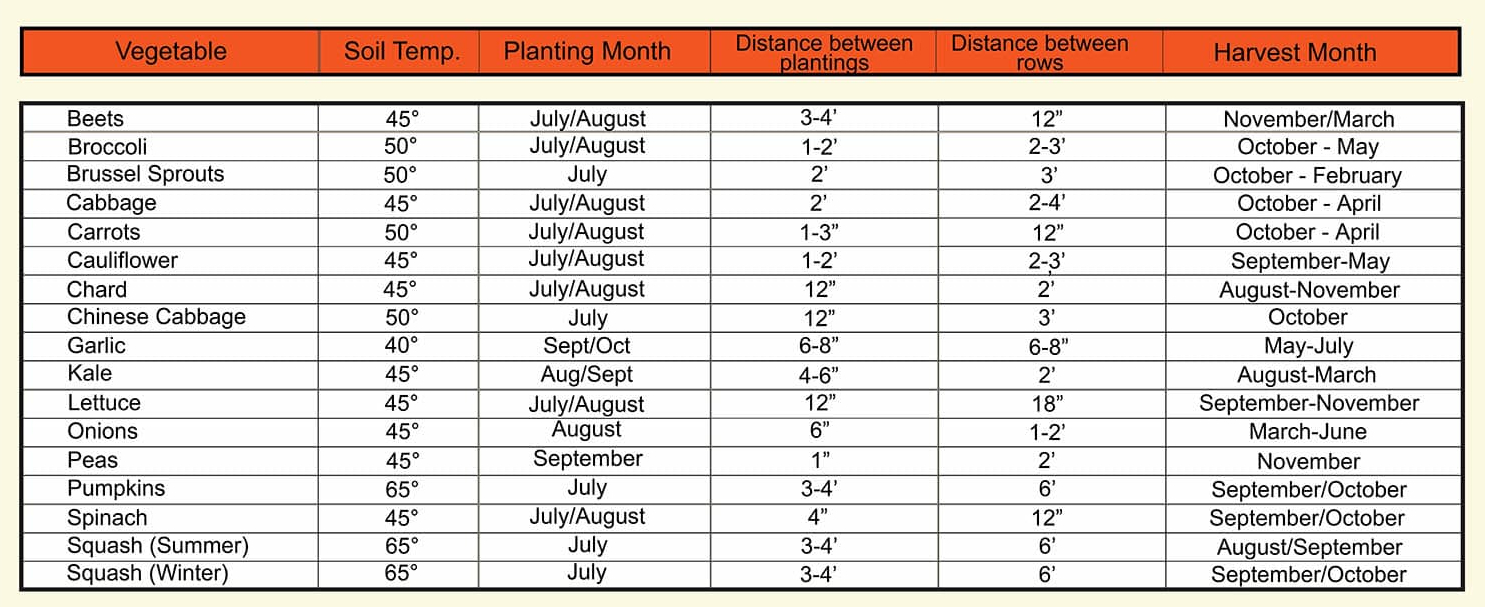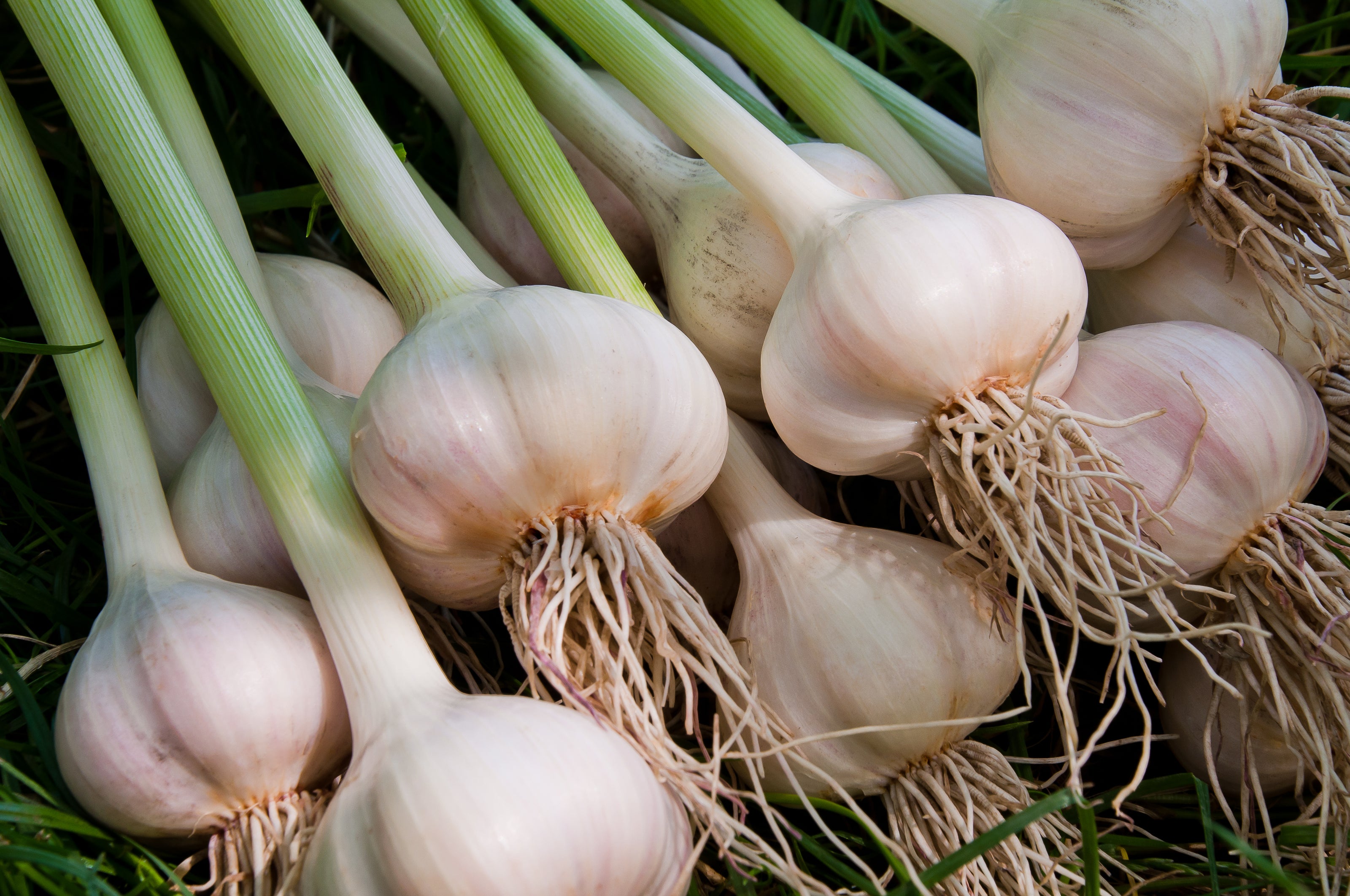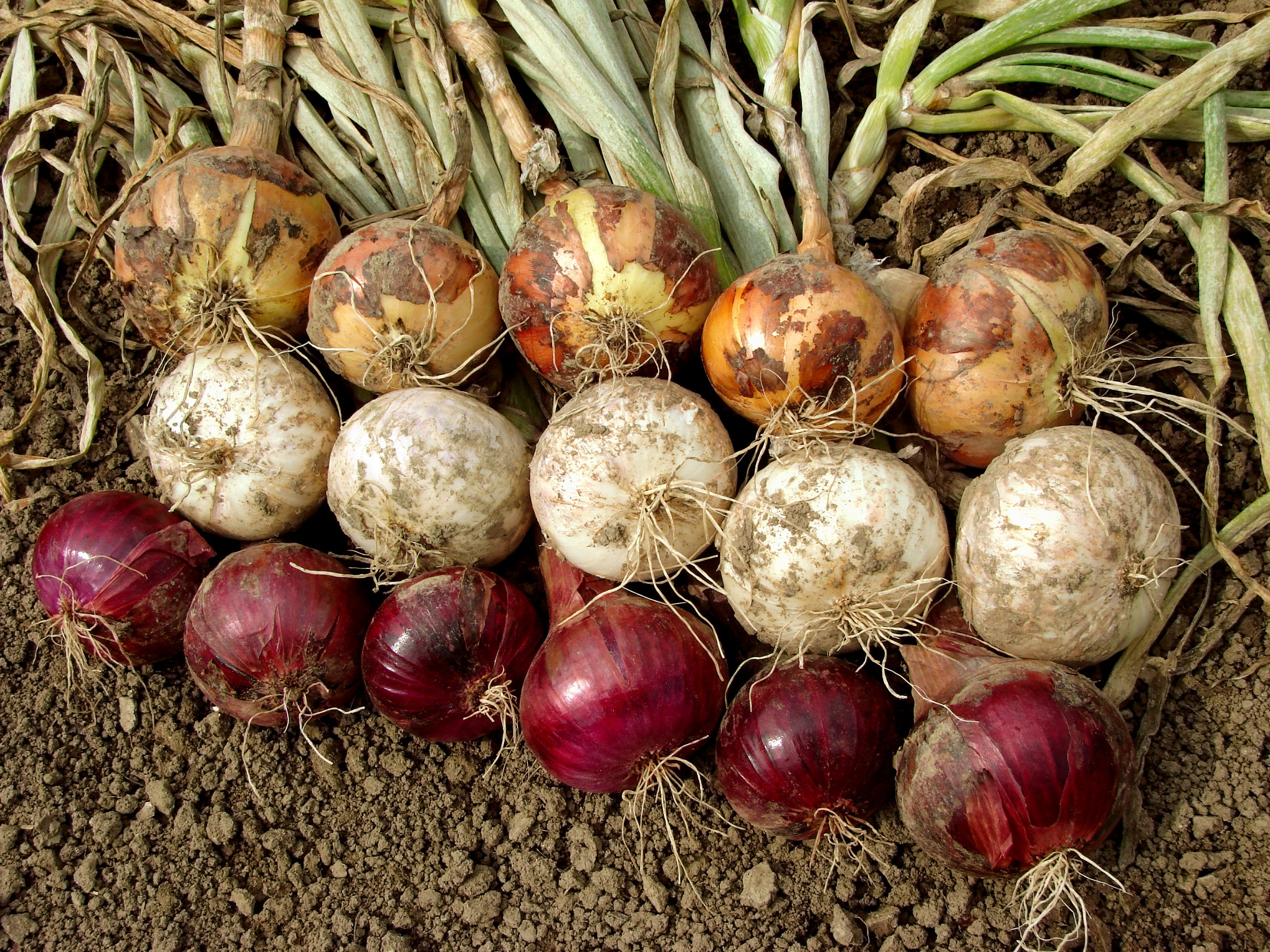
Fall/Winter Vegetables
Gardening does not have to end when summer does! In the mid to late summer we bring in a variety of vegetable starts that will produce in the fall or overwinter and produce the following spring. Check out our handy Fall Starts chart below to get a better idea of what you can grow in the PNW when it starts to get cold out.

FALL GARDENING TIPS
Soil: Due to excessive rain in the PNW in the fall, it is important that fall gardening beds have good drainage. Raised beds are great for fall gardening.
Starts: Because temperatures can be on the high side still when fall veggies go in, and fall veggies tend to prefer cool weather, it is necessary that they are getting adequate water, and in some cases some protection from the hot afternoon sun may be needed for optimal growth. Mulching new starts will also help retain moisture.
Frost: As frost starts to set in, it can be a good idea to add row cover or a season extender to increase your harvest time and keep more sensitive crops protected.
Garlic
Garlic is a common seasoning to add to your garden as it’s so regularly used when cooking. If you are thinking about growing your own garlic this year, here are some planting tips you’ll want to know before making your final decision.
Collapsible content

WHEN TO PLANT
Garlic survives bitterly cold winters underground (or grows frost-hardy leaves where winters are mild to moderate), grows rapidly when the weather warms in spring, and bulbs in summer. In the North, plant 4-6 weeks before the ground freezes. This gives the plant time to make good root development but not enough time to make leaf growth. Where winters are milder, garlic is planted from October through January. Where winters are so severe or snow cover so unreliable that garlic freezes out, soft-neck varieties are planted in spring.
SOIL PREPARATION
Garlic needs fertile soil with lots of organic matter so the soil remains uncompacted through the long growing season. Growers with clayey soils should add a lot of compost before planting; those blessed with lighter soils having naturally loose texture need add only small amounts of organic matter, or grow and till in green manure prior to planting.
HOW TO PLANT
Break the bulb into individual cloves. Small cloves usually grow small bulbs, so plant only the larger ones. Use the small cloves in your kitchen. Where winter is mild, plant cloves 1 inch deep, root side down; where winter is severe, put them 2-4 inches deep and mulch lightly, immediately after planting. In spring, the garlic will have no trouble pushing through an inch of mulch. Minimum spacing in raised beds is 4 x 8″. To grow the largest bulbs, try spacing your plants 6 x12″.
GROWING
After garlic has overwintered it must be kept well weeded. Do not damage the shallow roots when cultivating. Garlic needs to be moderately fertilized as soon as it begins growing in spring. Organic gardeners can side-dress a little chicken manure, seed meal or strong compost. Garlic also likes high-nitrogen foliar fertilizer, sprayed every ten days to two weeks. Once bulbing begins, fertilizing is useless, maybe even harmful to getting the best quality bulbs. While the plant is rapidly growing, keep the soil moist as you would for any other leafy green like lettuce or spinach.
SEED STALKS
Hard-neck varieties put up a tall, woody flowering stalk that usually grows bulblets at the top. But if the plant is allowed to put its energy into these seeds, the bulb forming below the ground will end up smaller. So we cut seed stalks off as soon as the flower head has reached 8-9 inches tall.
HARVEST
Gauging the right time to harvest is very important. Dug too soon, the skins won’t have formed around each clove. Hard-neck bulbs, if dug too late, may have begun to spread apart in the soil. Each year, the timing will be a little different, so rather than watch the calendar, observe the plants. As the bulbs mature the leaves brown off. When there are still 5-6 green leaves remaining on the plant, dig and examine a plant every few days to check the bulb. (Incidentally, immature bulbs that haven’t fully developed skins around their cloves can be chopped up like onions and make delicious additions to cooking.) In very good garlic ground (very fluffy soil), the plants might be pulled by hand, but it is usually better to loosen the soil first with a spading fork. Immediately brush off the soil from around the roots, but do this gently. Drying is the essential part of curing the bulbs so do not wash them in water. Immediately move the newly dug garlic out of direct sunlight.
CURING
Some growers tie the plants by their leaves or stalks in loose bundles of 8-12 plants and hang them under cover. Others spread the plants in single layers on screens, drying racks, or slatted shelves. Garlic stores longer if it is cured with its stalk or leaves attached. Good air circulation is absolutely essential. The plants should cure from 3 weeks to 2 months, depending on the humidity and amount of air circulation. Some growers use a fan in the curing shed. After curing, you may trim the roots. If the garlic is to be kept in sacks, cut the stalks off 1/2-inch above the bulb and gently clean the bulbs with a soft bristle brush, taking care not to strip off the papery skin.
STORING
Hang bulbs in netted sacks, with good air circulation on all sides. Or, hang the dried bunches, or make and hang braids of the soft-neck types. Perfect storage conditions are 45-55°F at 50% Relative Humidity. Storage below 40°F actually makes garlic sprout.
ELEPHANT GARLIC
The enormous cloves should be planted deeper, 4-6 inches deep. The huge leafy plants may become 3 feet tall. So we recommend spacing Elephant Garlic 12 inches apart in rows 3 feet apart. Elephant Garlic is quite cold hardy. Occasionally a fall-planted clove (usually a smaller one) fails to divide into segments and instead, forms a single “round,” like a small onion. Rounds can be replanted whole and will make a very large regular bulb the next year.
At harvest time you’ll notice corms protruding from the base of the bulb. These are small, nut-like cloves with sharp tips and thick, tough skins. Corms may be planted like regular cloves if first scored and then soaked overnight in water. Plants grown from corms will be much smaller than those started from cloves and will not produce giant, segmented bulbs the first year, but will make only rounds. These rounds are delicious and can be cooked like huge pearl onions. Or, rounds may be replanted to grow a second time, and the next year they’ll make a regular head containing 4-6 huge cloves. Elephant Garlic that is planted late in the spring will only produce rounds. Unlike true garlic, Elephant Garlic makes a large, showy flower on a stalk that grows 5′ high. The seeds within it are rarely fertile. These flower stalks divert some of the plant’s energy and should be clipped off when they are 8-9 inches tall. Two pounds plants 7-10 row feet.
Onions
Delicious...
Collapsible content
